During the war, the skies were filled not only with warplanes but also with homing pigeons.
Up to 500,000 pigeons accompanied soldiers, sailors, and pilots, carrying vital military intelligence and distress messages that saved thousands of lives. Some excellently completed their missions despite being severely injured.
Their performance in combat was due to intense training. Handlers and birds prepared rigorously to ensure the pigeons could navigate through the dangers of war.
These homing pigeons were true heroes in maintaining communication and saving lives.
The vital role of homing pigeons in WWI
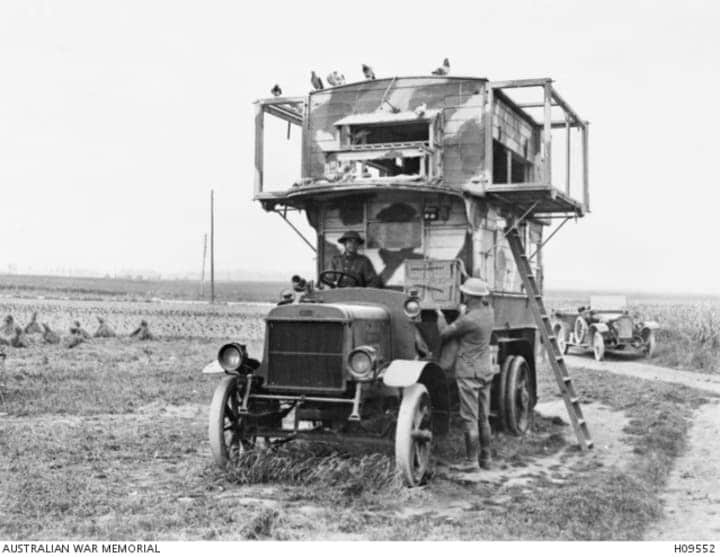
During World War I, despite the use of radio and telephone, communication in the trenches faced major challenges.
Artillery bombardments and sabotage often cut communication lines, leaving troops isolated. Signalers trying to reconnect these lines became easy targets for enemy snipers.
In these tough conditions, homing pigeons were lifesavers. Able to fly up to 60 miles per hour and cover over 500 miles a day, they could navigate through bombardments and bad weather to deliver messages.
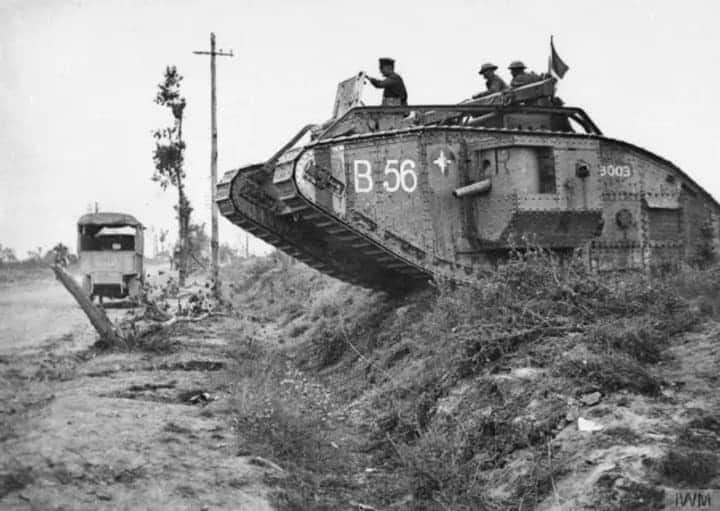
Dr. Christopher Warren from the National World War I Museum highlighted their 95 percent success rate in delivering messages.
“Pigeons were one of the most reliable forms of communications. While newer forms of communication could break, pigeons were doing the thing they were doing for 2,000 years.”
Author Elizabeth G. Macalaster explains that homing pigeons have exceptional navigational skills. Their abilities likely come from keen eyesight, magnetite in their beaks acting as a compass, and detecting low-frequency sounds. However, the exact way they navigate is still a mystery.
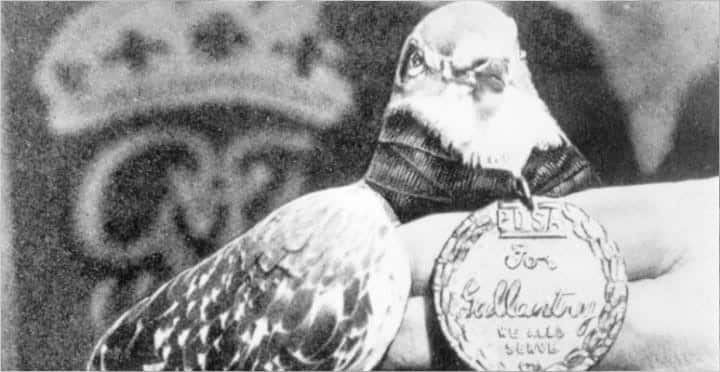
When World War I began in 1914, both the Allies and the Central Powers saw the potential of homing pigeons and developed their own pigeon services, making these birds crucial for wartime communication.
The brave winged warriors in action
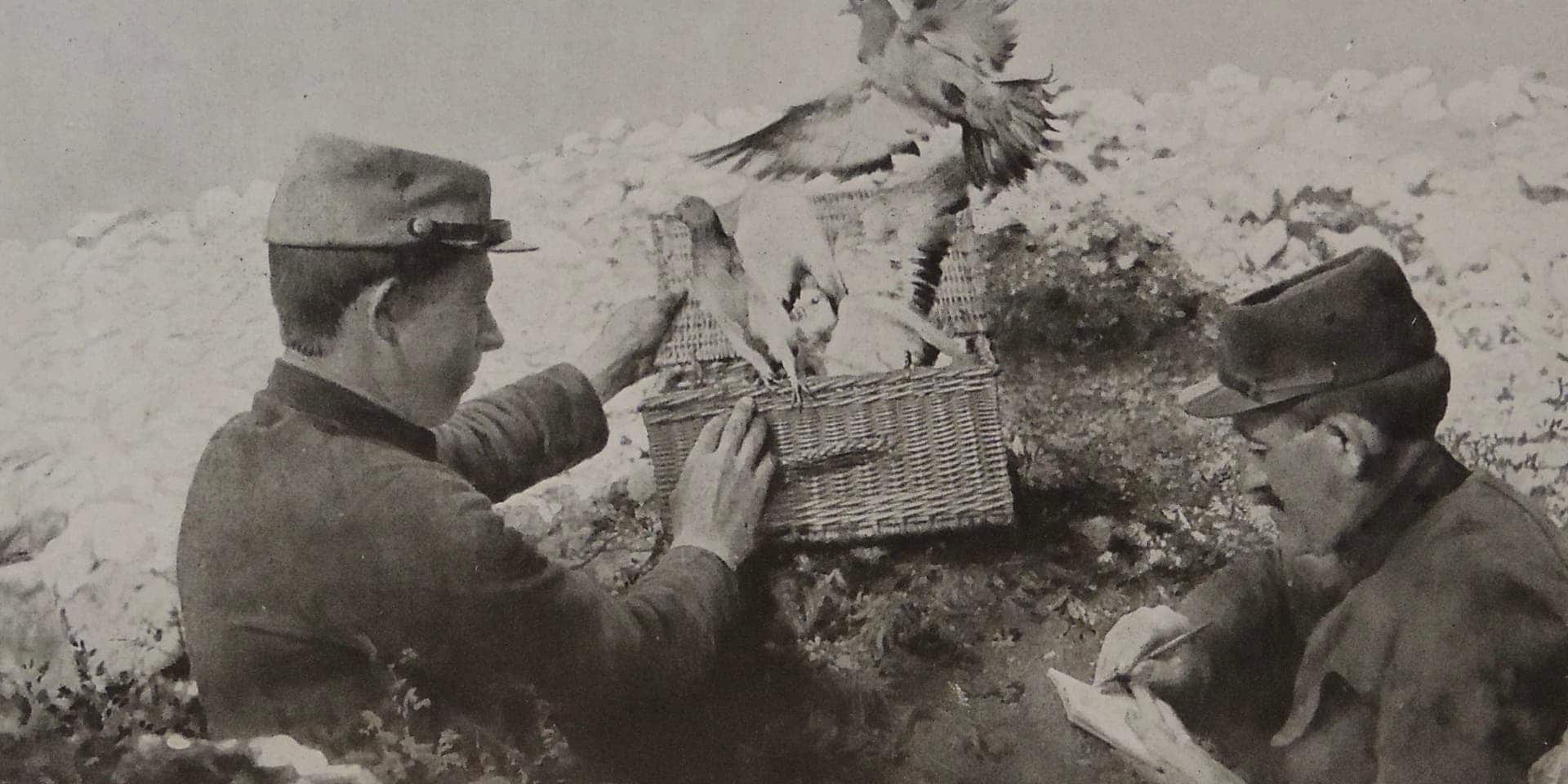
In October 1914, the British Army tasked Lieutenant Colonel Alfred Henry Osman, founder of Racing Pigeon magazine, with creating the Army Pigeon Service.
Osman used his extensive contacts to recruit pigeon breeders, which resulted in 100,000 pigeons joining Britain’s war effort.
The French used mobile lofts made from carriages and buses to train pigeons. Young birds were handled daily to get accustomed to humans and gradually released from increasing distances.
After ten weeks of training, they were ready to carry messages from the trenches to lofts a few miles behind the front lines.
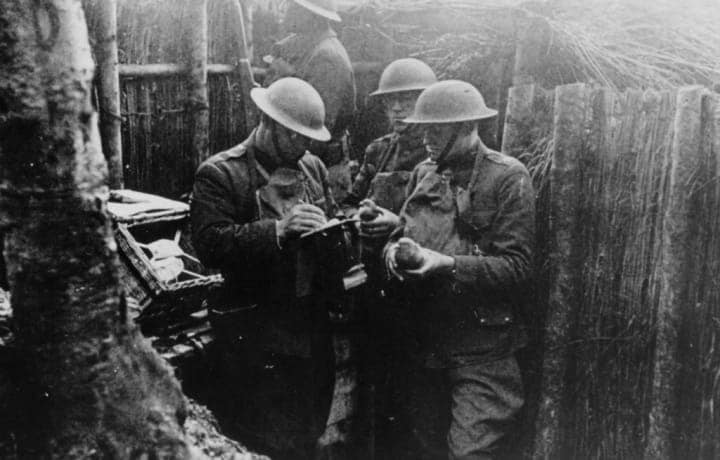
Soldiers marched into the trenches with rifles and baskets of pigeons on their backs. They wrote messages on fine tissue paper, folded them, and placed them in small aluminum cylinders attached to the birds’ legs.
To ensure message delivery, at least two pigeons carried the same message. Upon returning to their lofts, pigeons entered through openings that rang bells to alert pigeon masters of incoming messages.
Pigeons served in various military branches, from tanks relaying the locations of machine gun nests to pilots sending reconnaissance information.
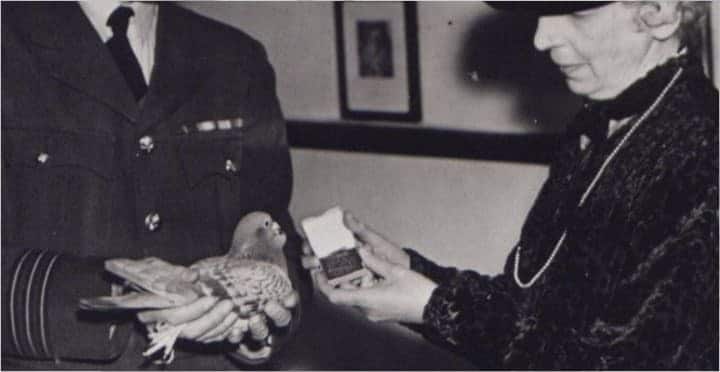
Ships and seaplanes used pigeons for distress calls in case of radio failure, with over 700 pigeons in Britain alone aiding in rescues from sinking ships and downed planes.
As homing pigeons became crucial for the Allies, the Germans responded by deploying sharpshooters and natural predators, such as falcons, to eliminate them. French forces countered by dyeing pigeons black to camouflage them as crows.
America’s pigeon arsenal, a feathery fleet for war
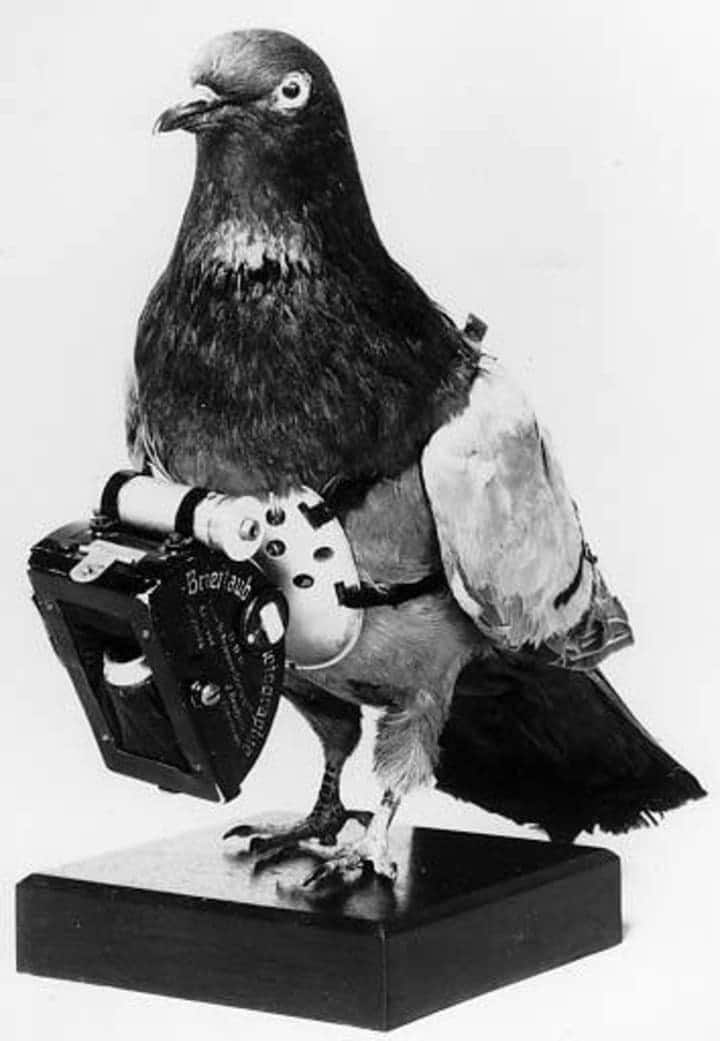
When the United States entered World War I in 1917, it had limited experience using homing pigeons. Previous attempts during the Spanish-American War and the 1916 expedition to capture Pancho Villa had been largely unsuccessful.
However, seeing the British and French successfully use pigeons, the Americans quickly started a robust training program. Dr. Christopher Warren notes,
“Once they saw from the British and French how useful these pigeons could be, the Americans started a pretty robust training program.”
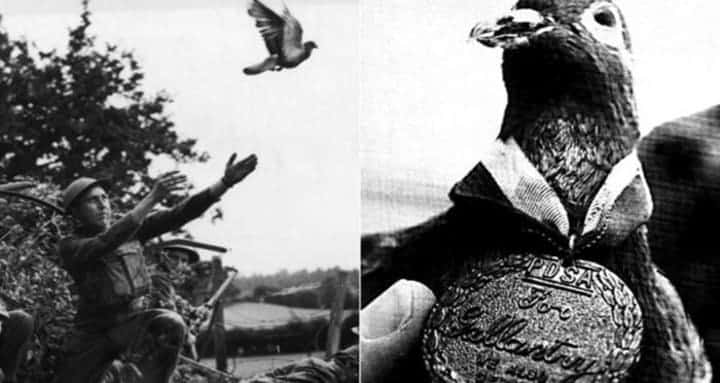
The U.S. Navy was the first American military branch to use homing pigeons, completing nearly 11,000 wartime flights. In March 1918, the U.S. Army Pigeon Service began operations in France, staffed by 330 “pigeoneers” who trained and cared for the birds.
American soldiers received a five-day crash course in handling pigeons and transmitting messages, ensuring they could effectively use these feathered messengers.
To bolster their pigeon ranks, the Pigeon Service purchased 10,000 birds from American breeders and received 600 from the British. These included some of the war’s most famous pigeons.
The combined efforts of these pigeons and their handlers significantly improved communication on the battlefield.
The incredible legend of Cher Ami

Among the U.S. Army Signal Corps pigeons, brave Cher Ami stood out. This black-feathered hero had already proven its worth by delivering messages for French forces at the Battle of Verdun.
However, Cher Ami’s most legendary mission took place in October 1918 during the Meuse-Argonne Offensive.
The 77th Infantry Division, led by Major Charles Whittlesey, advanced into a ravine and found themselves trapped behind enemy lines.
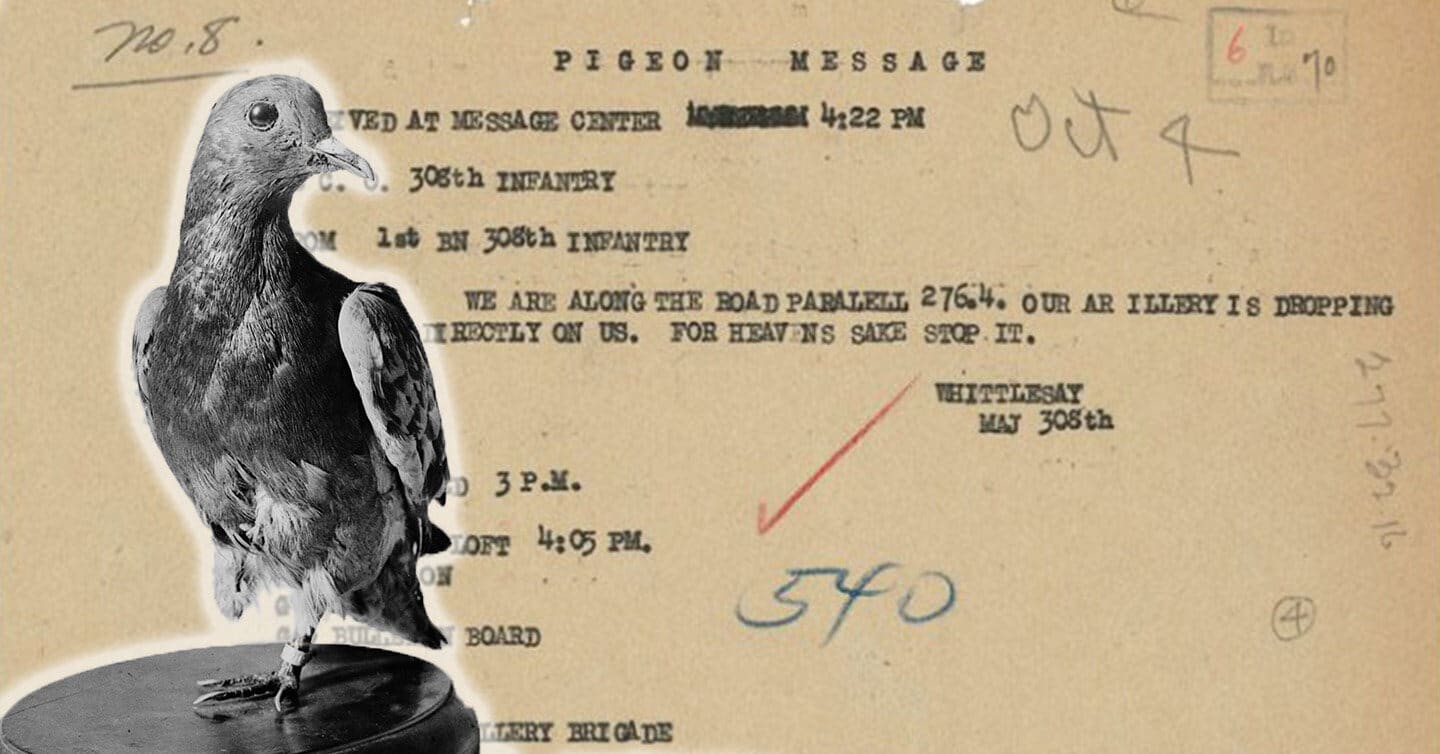
Cut off from communication and facing heavy fire, their survival hinged on their last pigeon, Cher Ami. Major Whittlesey quickly wrote a desperate message and attached it to Cher Ami’s leg.
As the division watched in hope, Cher Ami took flight but was shot down by German gunners. Miraculously, the wounded bird rose again and flew 25 miles back to the American base despite being blinded in one eye, sustaining a chest wound, and losing a leg.
The message read, “We are along the road parallel to 276.4. Our own artillery is dropping a barrage directly on us. For heaven’s sake, stop it!” This plea saved 194 lives.
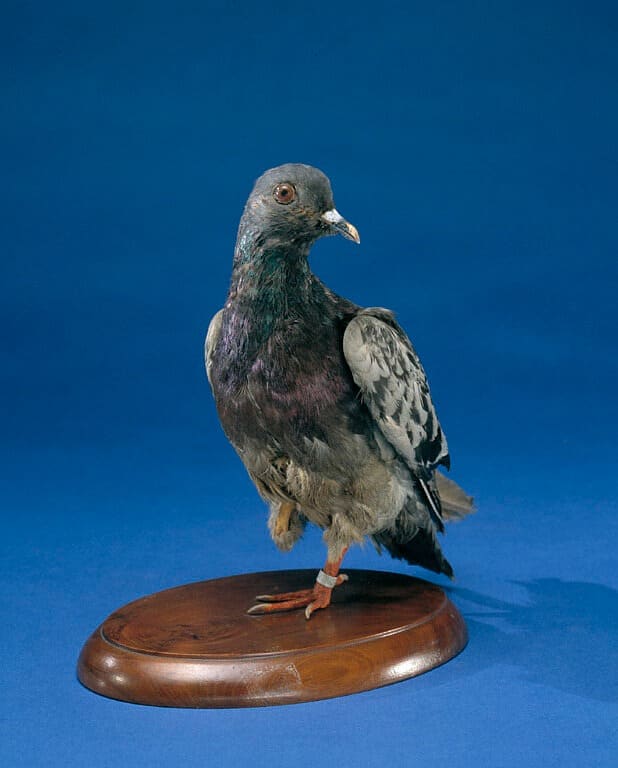
Cher Ami became a symbol of bravery and received the French Croix de Guerre with Palm. After the war, the pigeon lived in Washington, D.C., until its death in 1919.
Cher Ami’s remains were mounted for display at the Smithsonian Institution as a lasting tribute to heroic pigeons in World War I.


